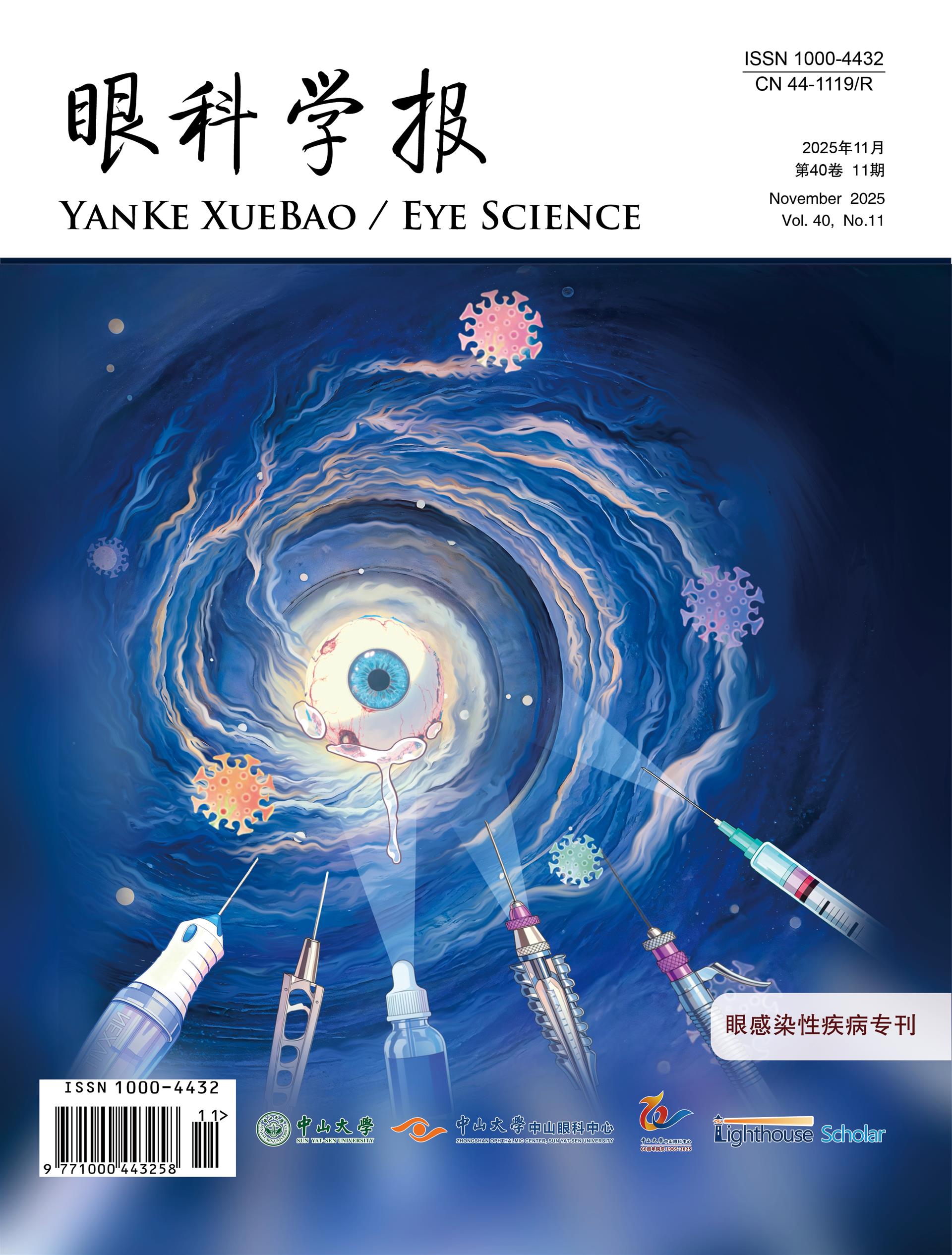Objective: To investigate the lifestyle and myopia among primary school students in urban areas of Fujian with the context of myopia prevention and control measures, aiming to provide scientific evidence for identifying high-risk myopia population and formulating effective intervention strategies. Methods: A cross-sectional study was conducted from October to November 2023, enrolling 811 fourth-grade students from three primary schools in three cities across Fujian. Personal information and lifestyle-related pattern were collected using customized questionnaire. Participants underwent comprehensive ophthalmic assessments including distance visual acuity tests and refractive examinations. Logistic regression analysis was used to assess the impact of lifestyle on the onset of myopia. Results: The prevalence of myopia among fourth-grade students in urban primary schools in Fujian was 46.4%. Only 25.8% students engaged in outdoor activities for more than 2 hours daily, while63.3% participated in outdoor activities during class breaks. Multivariate Logistic regression analysis revealed that outdoor activities during class breaks (OR= 0.646 [95% confidence interval(CI): 0.473-0.881], P = 0.006) and daily time spent outdoors (2-3 hours, OR=0.682 [95%CI:0.466-0.993], P=0.047; more than 3 hours, OR=0.403 [95%CI: 0.192-0.796], P = 0.01) were independent protective factors against myopia. Lifestyle significantly enhanced the predictive performance for myopia (P = 0.01). Additionally, parental myopia (one parent with myopia, OR=2.247 [95%CI: 1.612- 3.145], P < 0.001; both parents with myopia, OR=4.824 [95%CI: 3.262-7.204], P < 0.001) emerged as a key risk factor for myopia. Conclusion: There is considerable scope for improving the lifestyle of primary school students in urban areas of Fujian. Lifestyle is strongly associated with myopia onset, highlighting the need for schools and families to actively encourage students to engage in more outdoor activities and take breaks outdoors to prevent and control myopia. Students with parents, especially both parents, having myopia should be considered as a key target group for myopia prevention efforts.

















